
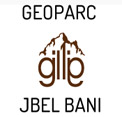
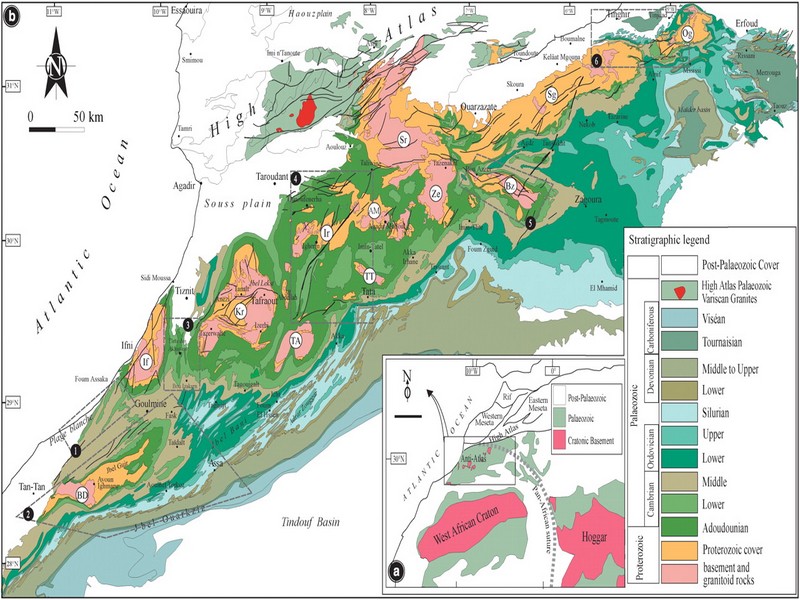
A short overview of the Anti-Atlas, Morocco
DR.Hervé Rezeau, DR.Cyril Chelle-Michou & DR.Michael Calder
SEG Student Chapter of Geneva (Switzerland)
SEG Student Chapter of Montpellier (France)
INTRODUCTION
Geology of Morocco has been subdivided into four structural domains, from north to south they are the following: the Rif domain, the Meseta domain, the High Atlas, and the Anti-Atlas, as they are shown in (Figure 1).
The Rif Range extends along the Mediterranean coast from the Kabylian-Tellian belts up to the Strait of Gibraltar. South of it, the Meseta domain is located, where elevated plateaus and intramontane basins occur. Further south the High Atlas system is found, which displays several massifs close to 4000 m, including the highest peak of northern Africa (Jebel Toubkal). The Middle Atlas represents a branch of the Atlas system that extends obliquely across the Meseta domain, and exceeds 3000 m in elevation. Finally, the Anti-Atlas domain is found, which rises forming a massive mountain that achieves up to 2700 m. Further south the elevation decreases both southward and westward from ca. 1000 m to less than 200 m close to the Atlantic.
Figure 1: Elevation map of Morocco and neighbouring countries from GTOPO30 database (A. Michard et al. 2008)
GEOLOGICAL SETTING OF THE ANTI-ATLAS
The Anti-Atlas mountain belt is located in the northern part of the West African Craton (WAC). It is stretching NE-SW and is characterized by Precambrian to late Proterozoic rocks covered by younger sediments of Edicaran to Cambrian in age. The geological boundary between the Anti-Atlas and High Atlas is structurally marked by the South Atlas fault (SAF) (Fig.2). The Anti-Atlas massif is a zone of wide domal uplift with much weaker Alpine age deformation. The volcanics and conglomerates rocks from the Ouarzazate & Bou Salda group in the North-East are surrounding the older volcanics rocks
The Anti-Atlas mountain belt is located in the northern part of the West African Craton (WAC). It is stretching NE-SW and is characterized by Precambrian to late Proterozoic rocks covered by younger sediments of Edicaran to Cambrian in age. The geological boundary between the Anti-Atlas and High Atlas is structurally marked by the South Atlas fault (SAF) (Fig.2). The Anti-Atlas massif is a zone of wide domal uplift with much weaker Alpine age deformation. The volcanics and conglomerates rocks from the Ouarzazate & Bou Salda group in the North-East are surrounding the older volcanics rocks and turbidite sequences from the Sahgro Group and the Pan-African granite intrusions. This geomorphological feature is commonly called inliers (“boutonnière” in French) and is the result of an exposed older rock formation surrounded by younger rock, and is due to a high erosion rate of rocks with different hardness but also encouraged by deformation such as folding and faulting (Gasquet et al. 2005). Several slivers of ophiolites are present in the Anti-Atlas belt, the best preserved are situated in the Bou Azzer, Siroua and Iriri region, which represent remnant of an ocean closure. The basement is composed of schists, granites and mylonites of Paleoproterozoic age. The latest Variscan and Alpine orogenic events overprint most of the Anti-Atlas geological province and thus complicate the Pre- Cambrian geodynamic interpretation. However, two main periods of tectono-thermal magmatic activity (Gasquet et al. 2005) are now recognised :
(i)A Palaeoproterozoic period, corresponding to the Eburnean (Birimian) orogeny,
(ii)A Neoproterozoic period, corresponding to the Pan-African orogeny.
Figure 2: Schematic map of the Anti-Atlas Precambrian inliers (Boutonnière), and location of the maps, satellite views and lithospheric profile presented hereafter (Gasquet et al. 2008)
Source web : DR.Hervé Rezeau, DR.Cyril Chelle-Michou & DR.Michael Calder unige.ch
Les articles en relation
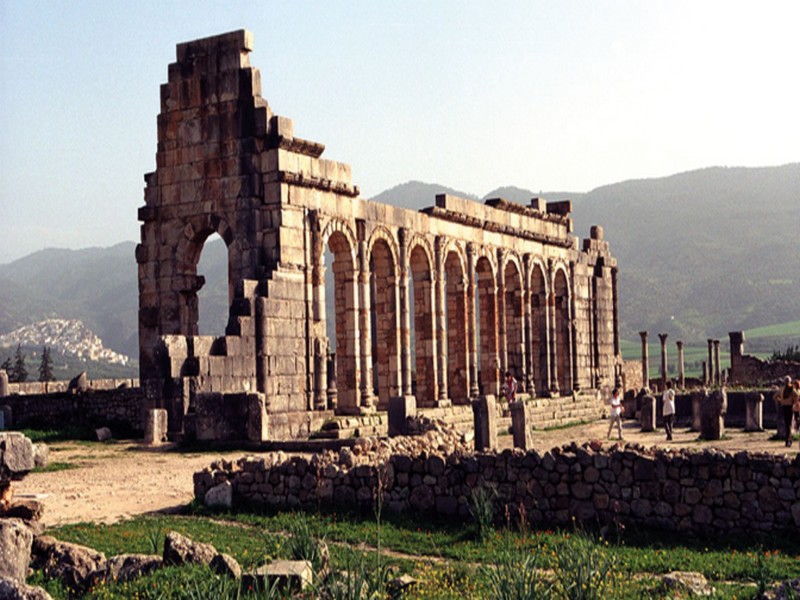
Patrimoine : Le Maroc en état d’alerte
Patrimoine : Le Maroc en état d’alerte Le royaume compte se doter d’un plan pour lutter contre le trafic illicite des biens culturels. Un programme dans ce sens vient d’être lancé en partenariat
Savoir plus...
L’eau dans le Bani
L’eau dans le Bani Par Mohammed Oudada Située entre les latitudes 5,6° et 10,1° et les longitudes 28,4° et 30,4°, la région du Bani se trouve à l’extrémité sud du Mar
Savoir plus...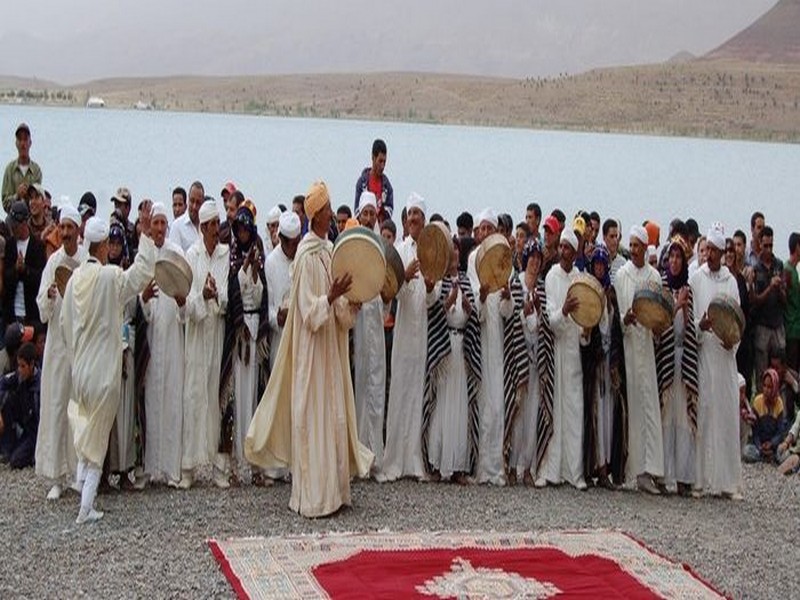
Le festival des fiançailles d’Imilchil: Mariage et folklore
Le festival des fiançailles d’Imilchil: Mariage et folklore Dans le Haut-Atlas Oriental, le village d’Imilchil organise chaque année au mois de Septembre un festival où des centaines de jeunes filles
Savoir plus...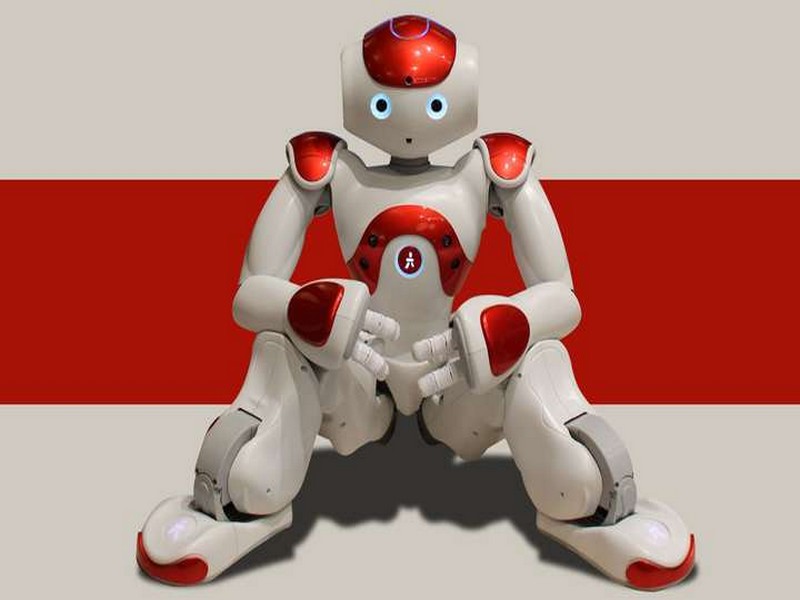
Les robots humanoïdes à notre service
Les robots humanoïdes à notre service Les recherches en intelligence artificielle ont conduit à une nouvelle génération de robots, que l'on peut qualifier d'humanoïdes. Ils ressemblent au
Savoir plus...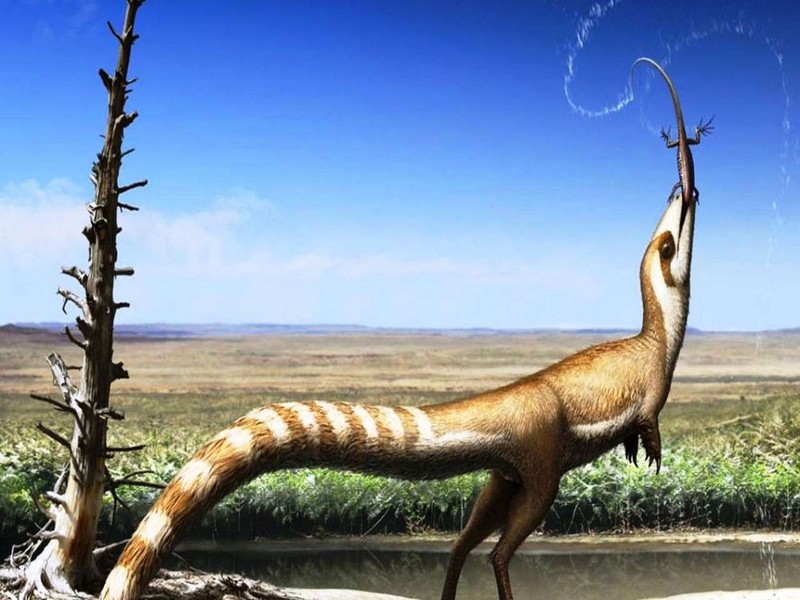
Les vraies couleurs du dinosaure Sinosauropteryx
Les vraies couleurs du dinosaure Sinosauropteryx Des paléontologues de l'université de Bristol confirment leur déduction d'il y a sept ans : les couleurs de Sinosauropteryx, le premier dinosaure à
Savoir plus...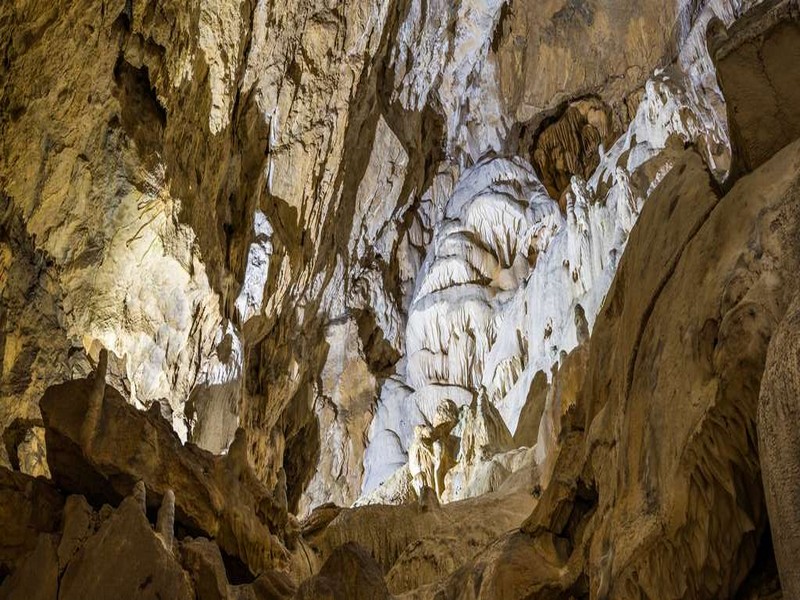
Spéléologie
Spéléologie La spéléologie est l'activité consistant à explorer, étudier, cartographier ou visiter des cavités souterraines. Ce terme désigne à la fois la prat
Savoir plus...
Du Dadès à la Vallée du Todra
Du Dadès à la Vallée du Todra La route nationale parcourt entre Boumalne Dadès et Tinghir un paysage absolument désertique qui change seulement en deux points : Imider et Timadrouine. À I
Savoir plus...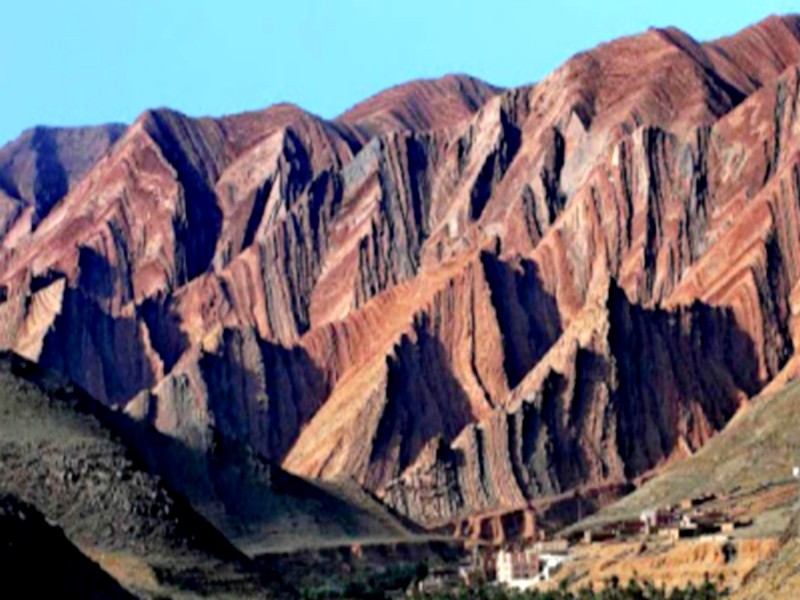
Tata - Anti Atlas - Couleurs de la Porte du Sud (Géoparc Jbel Bani)
Tata - Anti Atlas - Couleurs de la Porte du Sud (Géoparc Jbel Bani) Que l'on s'y rende à partir de Marrakech, Agadir, Ouarzazate, on sera toujours surpris, quelque soit la saison, de la diversité des coul
Savoir plus...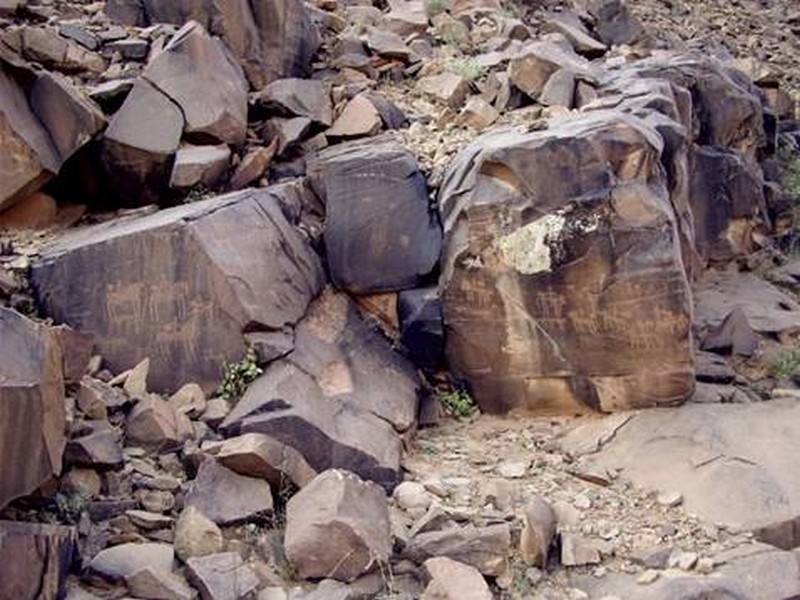
Le Drâa, à travers les gravures rupestres
Le Drâa ( Sud marocain ), à travers les gravures rupestres Les gravures rupestres sont une matière première très riche et qui permet d’écrire l’histoire. Ces documents rupestres qu
Savoir plus...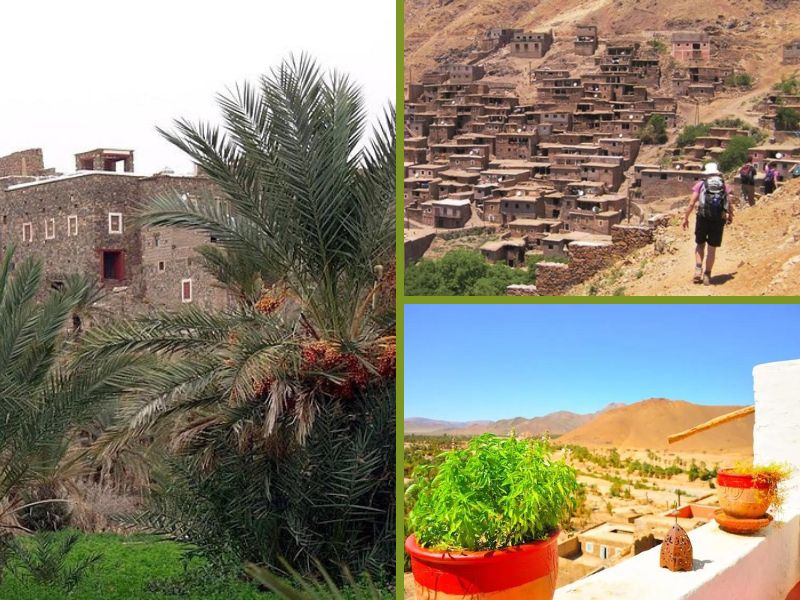
Favoriser le Tourisme Rural au Maroc dans un Contexte de Développement Local
Favoriser le Tourisme Rural au Maroc dans un Contexte de Développement Local Le Maroc, avec ses paysages diversifiés, sa culture riche et ses traditions authentiques, possède un fort potentiel pour le déve
Savoir plus...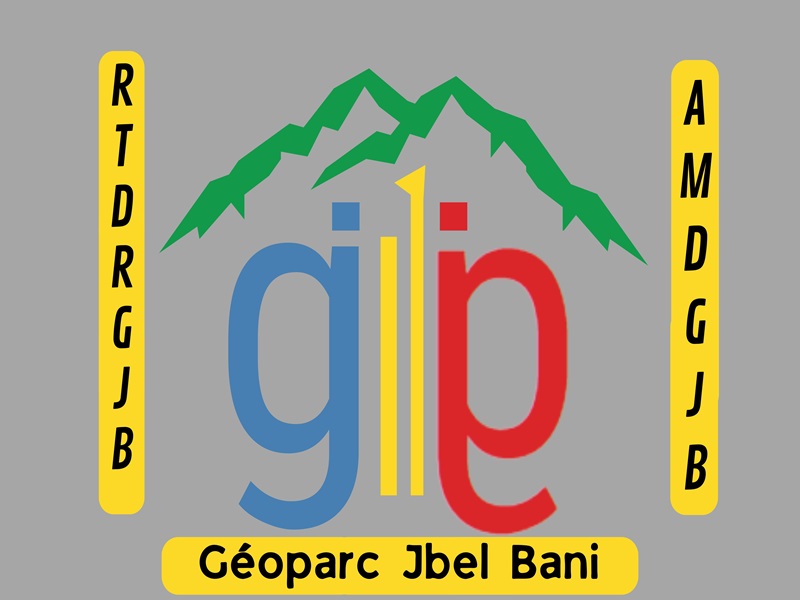
Géoparc Jbel Bani Un Levier pour un Développement Durable, Inclusif, et Scientifiquement Valorisé
Géoparc Jbel Bani Un Levier pour un Développement Durable, Inclusif, et Scientifiquement Valorisé Au cœur du Sud Marocain, le Géoparc Jbel Bani émerge comme une initiative dynamiq
Savoir plus...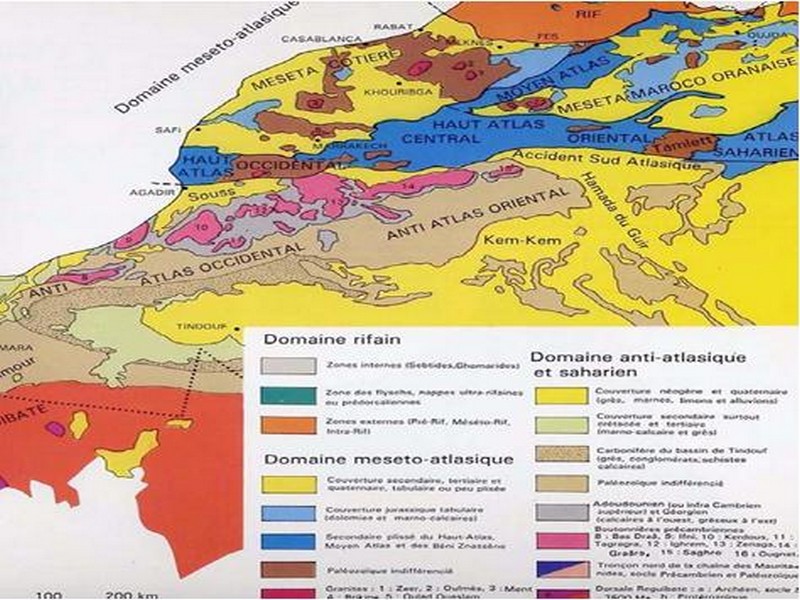
Context geoghraphique , geologique et hydrogeologique
Context geoghraphique , geologique et hydrogeologique Professeur Bakkali Saad et Professeur Bouyalaoui Jaâfar Universidad de Guadalajara Guadalajara, México La zone étudiée appartient géographi
Savoir plus...Les tags en relation
En savoir plus sur " Géologie et TSGJB - AMDGJB "
Consulter les vidéos de " Géologie et TSGJB - AMDGJB " Consulter les photos de " Géologie et TSGJB - AMDGJB " Consulter les publications de " Géologie et TSGJB - AMDGJB " Consulter les éditions de " Géologie et TSGJB - AMDGJB " Consulter les communications de " Géologie et TSGJB - AMDGJB "Recherche du site
Recherche avancée / Spécifique
Géoparc et Recherche Scientifique
Le coins de l’étudiant



Blog Géoparc Jbel Bani
Dictionnaire scientifique
Plus de 123.000 mots scientifiques
Les publications
Géo parc Jbel Bani

Circuits & excursions touristiques

cartothéques


Photothéques
Publications & éditions



